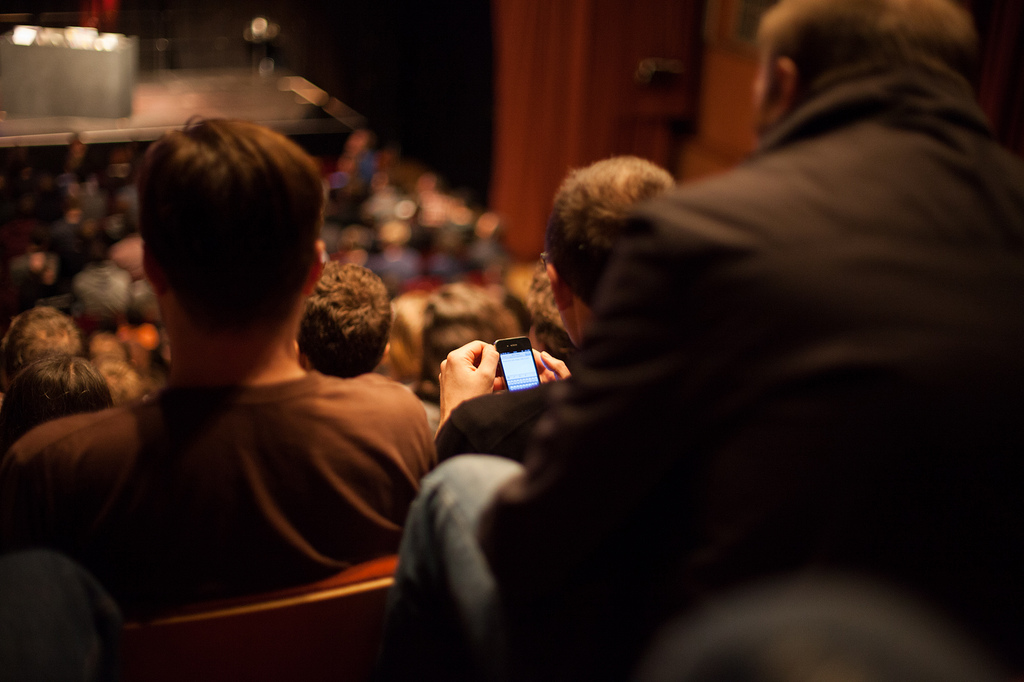Black Box Relations
Key for Bruno Latour (1993) in particular were the relations that exist between things, as they exist in complex networks of influence. The actants in any network rely on each other for articulation, relevance, power, and translation. Part of this assertion depends upon Latour’s concept of irreduction, where “[n]othing is, by itself, either reducible or irreducible to anything else” (1993a, p. 158). Because things cannot be reduced, and therefore defined, by only one interaction, they must therefore be articulated and mediated by a host of interactions and forces in their individual networks. An actant mediates others while it is likewise mediated—we would identify these complex, mediated things as hybrids. As Graham Harman (2009) argued about Latour's work, “There is never an immediate visibility of the fact, but only a series of mediations. . . . Truth is nothing but a chain of translation without resemblance from one actor to the next” (p. 76). While this was a problem for Harman, understanding the relations between things is deeply important to how we can identify and understand them, even if these relations are fleeting.
Latour (1993a) borrowed a commonly used term from the social construction of technology (SCOT) movement in order to describe how some of these relations are masked and coded into “mundane,” everyday technologies. The term “black box” is often used to describe the unconscious interactions we have with many technologies. Here, a black box is a “low-maintenance” interaction, something that we use, and rarely think about consciously, in order to perform other everyday tasks. Ian Bogost (2012) called this black-boxing the “black noise of objects” (p. 34).

A nice example of this black-boxing/black noise would be how after learning a specific interface for texting, we are able to send thousands of text messages without active, conscious negotiation of that interface. Instead, we see past the interface, effectively “black-boxing” much of the interactivity needed for the text to be sent. These interactions could include the specific metaphors of the interface, but also the keyboard sensitivity, how we have to hold the phone to type with our thumbs, and the methods by which we monitor various auto-correcting features. As a result of how these interactions cohere, we are able to act with (and therefore black box) a wide range of technologies in our everyday lives and further emphasize the hybrid nature of our identities.
Frequently, we hope our students are able to critically analyze various technologies so as to peer into a black box and tease out some of the relations. This kind of critical analysis is at the heart of what Cynthia Selfe (1999), Adam Banks (2006), Stuart Selber (2004), and others have suggested as rhetorical and critical thinking about technological literacy. For Bogost (2012), this kind of critical work is what philosophers of technology must also do: “amplify the black noise of objects to make resonant frequencies of the stuffs inside them hum in credibly satisfying ways” (p. 34). This is also, in a sense, what I hoped my students would do in the cell phone video documentary project, and I hope that Jane Bennett’s (2010) articulation of “thing–power” will help us understand this analytical work with some additional clarity.
